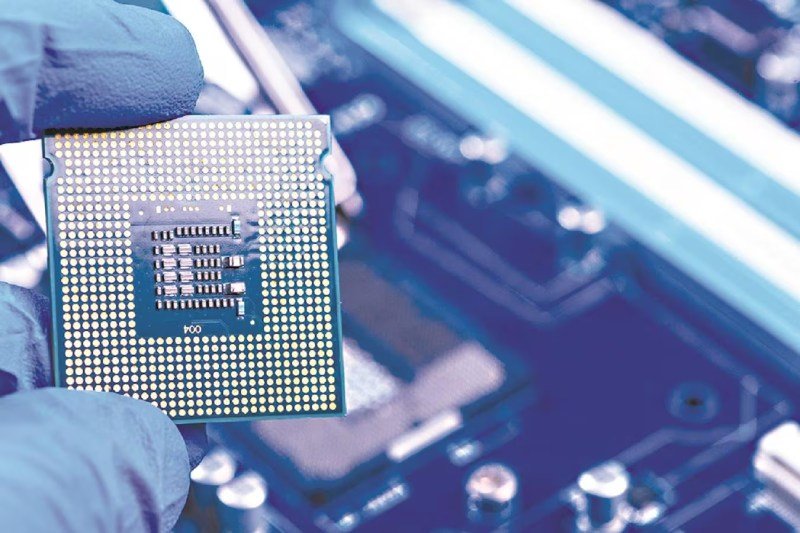A team of 30 scientists from the Indian Institute of Science (IISc), one of India’s most prestigious research institutions, has submitted a comprehensive proposal to the government aiming to develop angstrom-scale semiconductor chips. These proposed chips would be far smaller than the current smallest chips in global production, potentially advancing India’s technological capabilities and positioning it as a leader in next-generation semiconductors.
The scientists have outlined a plan focused on using a new class of semiconductor materials known as 2D Materials, which include ultra-thin substances like graphene and transition metal dichalcogenides (TMDs). These materials offer the possibility of developing chips at the angstrom scale, which is approximately one-tenth the size of the smallest chips currently in mass production. At present, the most advanced chips available globally are at the 3-nanometer node, manufactured by industry giants such as Samsung and MediaTek, using traditional silicon-based processes.
The initial version of the Detailed Project Report (DPR) was submitted to the Principal Scientific Adviser (PSA) in April 2022 and was subsequently revised and resubmitted in October 2024. It has also been shared with the Ministry of Electronics and Information Technology (MeitY), where officials are said to be positively considering its potential. Discussions are ongoing between senior figures in MeitY and the PSA’s office, with plans being explored on how and where the proposed technology might be applied.
This research initiative contrasts sharply with India’s current dependency on foreign entities for semiconductor manufacturing-a sector critical to both economic progress and national security. While Tata Electronics, in partnership with Taiwan’s PSMC, is building the country’s largest semiconductor fabrication unit with a massive investment of Rs 91,000 crore, the IISc project seeks a relatively modest Rs 500 crore over five years. This funding would support indigenous research and development of 2D material-based chips and includes a long-term roadmap for financial self-sustainability.
Globally, countries such as South Korea, China, Japan, and members of the European Union have already made substantial investments into 2D materials research, with Europe alone dedicating over USD 1 billion to this field. In contrast, India’s involvement in this area has been limited, and experts suggest that urgent action is needed if the nation is to seize leadership in this emerging domain.
Communications about the project have been ongoing since 2021, with outreach to multiple key ministries including the DRDO, Department of Space, and NITI Aayog, which backed the project in 2022. As global chip scaling approaches its physical limits, the window for India to become a frontrunner in post-silicon technology is narrowing.
Topics #2D Chips #Angstrom-Scale Chips #Chip #India #Manufacturing #news #semiconductor











